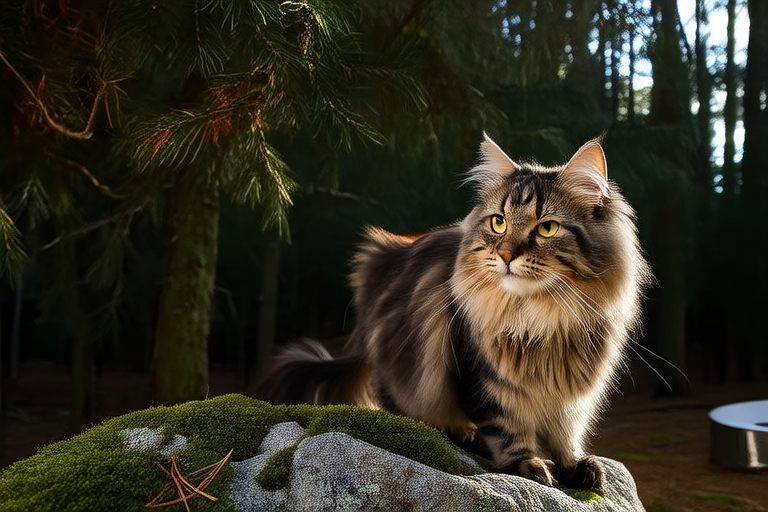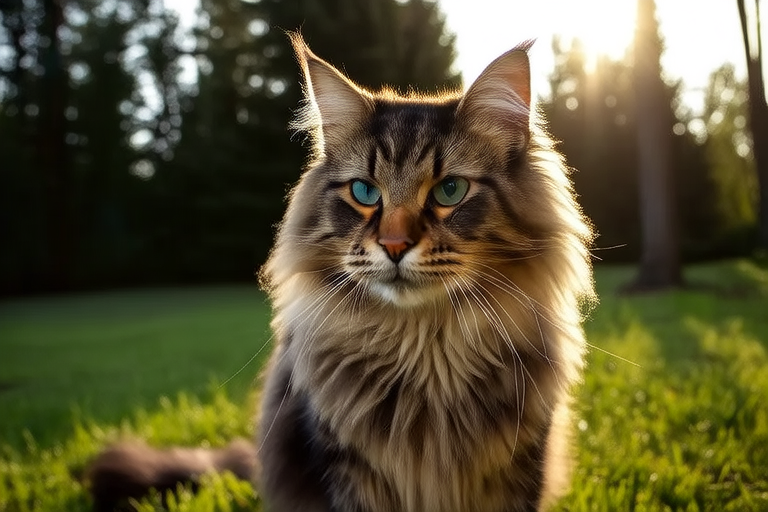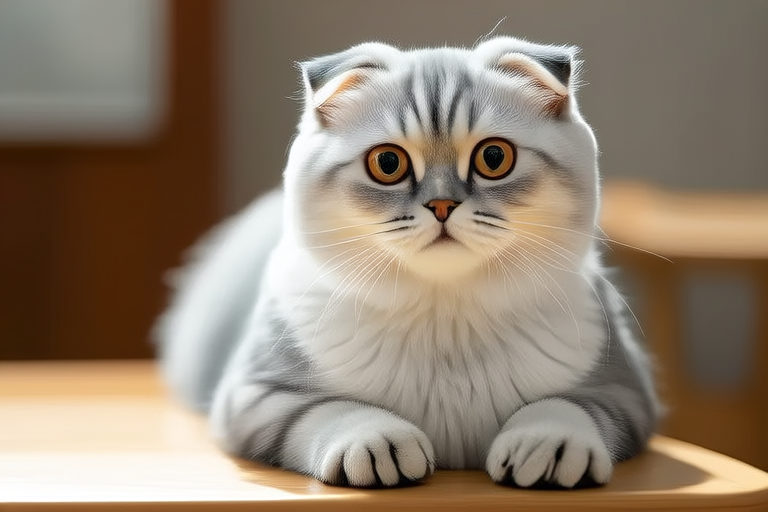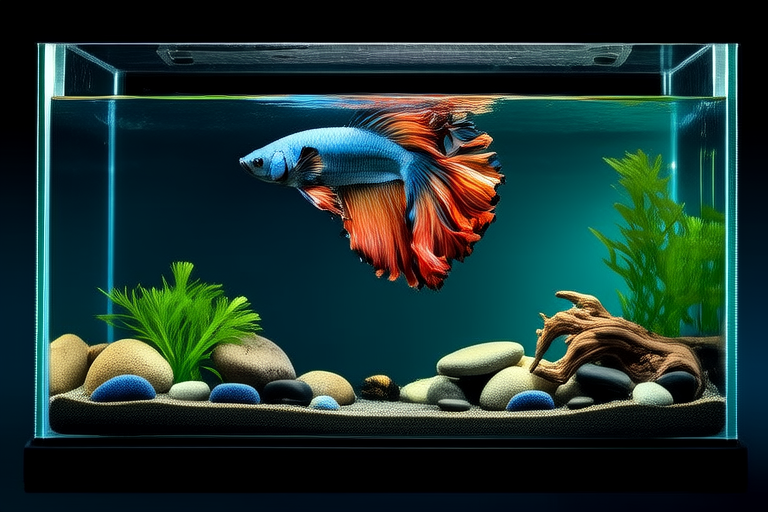
The Evolution of Maine Coon Cats: From Wild Forests to Beloved Pets
The Maine Coon is one of the oldest natural breeds in North America, with a fascinating history that stretches back centuries. These large, gentle giants have adapted remarkably well from their natural habitats in the forests of North America to becoming cherished companions in homes worldwide. This article explores the origins and evolution of the Maine Coon, discussing key historical points, notable characteristics, and the role of dedicated breeders in shaping the modern breed.
Origins and Early History
The exact origins of the Maine Coon are shrouded in mystery and legend. One popular myth suggests that these cats descended from long-haired cats owned by Marie Antoinette, who were supposedly transported to America when she attempted to flee France during the French Revolution. Another legend claims that the Maine Coon is the result of crossbreeding between semi-wild European short-haired cats and raccoons, giving rise to their name. However, this is biologically impossible, as cats and raccoons cannot interbreed. Despite these colorful tales, the most plausible theory posits that the breed originated from domestic cats brought to North America by European settlers.
These early settlers likely carried their favorite feline companions across the Atlantic Ocean, where they thrived in the rugged New England environment. Over time, these cats adapted to the harsh climate, developing long, water-resistant coats, tufted ears, and large paws covered with fur, which served as natural snowshoes. The cats’ intelligence and hunting prowess made them valuable companions for farmers and fishermen, helping to control rodent populations and assist in fishing by retrieving fish that had fallen off hooks.
Development as a Breed
By the late 1800s, the Maine Coon had become a popular breed in the United States, particularly in competitions held at local fairs. In 1895, the first organized cat show took place at Madison Square Garden in New York City, where a brown tabby Maine Coon named Cosey won Best in Show. This victory marked the beginning of the breed’s recognition in the competitive arena, but unfortunately, it was not long before the Maine Coon’s popularity waned.
In the early 20th century, the rise of more exotic breeds like the Persian and the Siamese overshadowed the Maine Coon, leading to a decline in interest and breeding. It wasn’t until the 1950s that a group of dedicated breeders, including Mrs. Maynard Dixon and Mrs. Elizabeth Freret, began working to revive the breed. They formed the Central Maine Cat Club in 1953 and worked tirelessly to establish a breed standard and promote the Maine Coon in shows and competitions. Their efforts paid off, and in 1976, the Cat Fanciers’ Association (CFA) officially recognized the Maine Coon as a championship breed.
Characteristics and Adaptation
Maine Coons are known for their striking appearance, with a muscular body, broad chest, and a long, flowing coat that comes in various colors and patterns. Their large, tufted ears and expressive eyes give them an almost lynx-like appearance, while their bushy tails and thick fur provide excellent insulation against cold weather. These physical traits are the result of centuries of adaptation to the harsh conditions of New England.
Beyond their physical attributes, Maine Coons are also renowned for their friendly and sociable temperament. They are generally patient, playful, and affectionate, making them ideal family pets. Unlike many other breeds, Maine Coons enjoy interacting with people and often form strong bonds with their owners. Their intelligence and curiosity make them excellent problem-solvers, and they are often found exploring their surroundings with great enthusiasm. This combination of physical and behavioral traits has made the Maine Coon a favorite among cat enthusiasts.
Popularity and Recognition
As the Maine Coon gained recognition and popularity, breeders focused on refining the breed’s characteristics and ensuring genetic diversity. The CFA’s official breed standard emphasizes the importance of maintaining the breed’s natural look and temperament while promoting healthy breeding practices. Today, the Maine Coon is one of the most popular breeds in the United States, ranking third in the CFA’s registration statistics. They are also highly sought after in other countries, including Canada, the United Kingdom, and Australia.
The breed’s growing popularity has led to increased interest in showing and breeding competitions, as well as the development of regional and international organizations dedicated to the preservation and promotion of the Maine Coon. These organizations work to educate the public about the breed’s history, characteristics, and care requirements, while also fostering responsible breeding practices and supporting research into potential health issues.
Conclusion
The Maine Coon has come a long way since its humble beginnings in the forests of North America. From the early days of adapting to the harsh New England climate to its current status as a beloved pet and show cat, the breed has captured the hearts of millions of cat lovers worldwide. Its unique combination of physical and behavioral traits, along with its rich history and enduring popularity, ensures that the Maine Coon will continue to be a cherished member of the feline community for generations to come.





